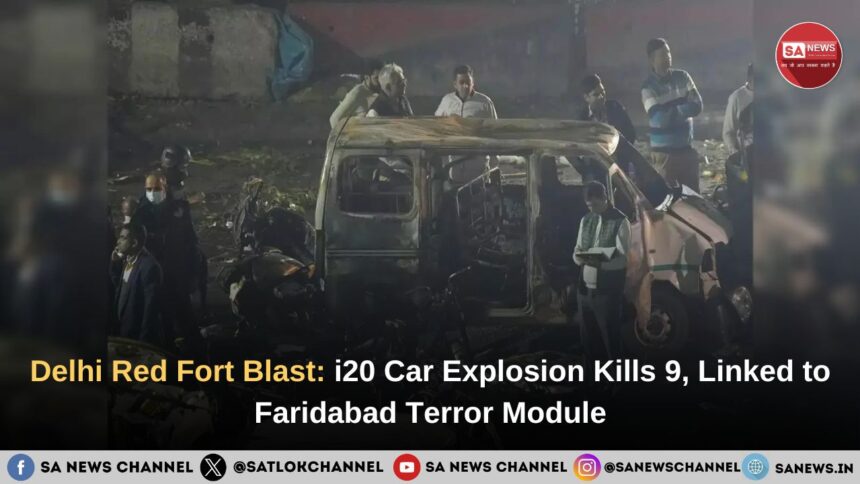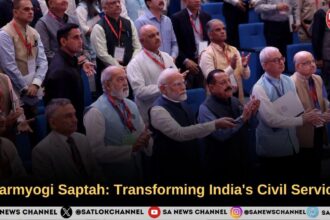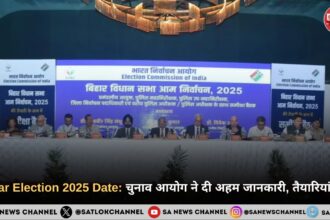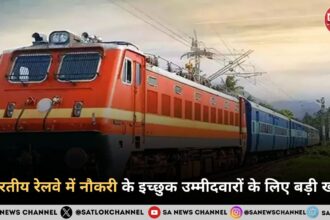Delhi Red Fort Blast: In a chilling incident, a car exploded outside the Red Fort area of New Delhi on the evening of November 10, 2025, killing nine and injuring around twenty others. The white Hyundai i20, which sat parked in a lot for more than two hours before detonating at a traffic signal, has now been traced to a terror-linked ownership trail extending to Pulwama and Faridabad. Investigators from the Delhi Police, National Investigation Agency (NIA) and the Forensic Science Laboratory (FSL) are treating the explosion as a likely terror attack and have invoked stringent legal provisions.
- Key Takeaways from the Delhi Red Fort Blast Incident
- Delhi Car Blast : A Busy Evening Scene Turned Night of Terror
- Car Blast Near Red Fort: Ownership Trail and Terror Module Unravelling
- Delhi Car Blast : Response From Authorities & Security Measures
- Why the Red Fort Blast Raises Grave Concerns
- What Happens Next in the Investigation
- Securing the Capital: A Nation on Watch
- FAQs on Red Fort Delhi Blast 2025
Key Takeaways from the Delhi Red Fort Blast Incident
- Terrifying moment of impact: The blast occurred around 6:52 pm as the Hyundai i20 stopped at a red light on Subhash Marg near the Red Fort Metro station. Vehicles nearby were consumed in flames.
- Casualties and damage: Nine people lost their lives and roughly twenty-to-twenty-four were injured; at least five to six cars, four motorcycles and three e-rickshaws caught fire.
- Suspect vehicle trail: The vehicle registration HR 26 CE 7674 was parked for hours, later driven, and investigators are reviewing over 100 CCTV clips to trace its movement from Faridabad to Delhi.
- Terror-link leads: Ownership of the car traces to a doctor from Pulwama, Kashmir, believed tied to a Faridabad-based “white-collar” terror module. FIR has been filed under the Unlawful Activities (Prevention) Act (UAPA) and the Explosive Substances Act.
- Nation-wide alert: Due to the high-profile location and timing during evening rush hour in the bustling Chandni Chowk market area, Delhi-NCR, Noida, Ghaziabad and other states have been placed on heightened alert.
Delhi Car Blast : A Busy Evening Scene Turned Night of Terror
The explosion struck near Gate No.1 of the Red Fort Metro station, a zone that sees heavy footfall as people exit the metro, return to vehicles or shop around Chandni Chowk. Eyewitnesses described the sky turning red with a massive fireball, and roads littered with debris and body parts moments after the blast. One said: “At first I thought it was a cylinder blast, then the impact hit.”
Also Read: Delhi CRPF School Bomb Blast: A Shocking Incident
The Hyundai i20 had been parked adjacent to the heritage site for more than two hours before being driven slowly to the signal and detonated. This initial calm preceded mass panic, shattered windows, destroyed vehicles and fear spreading across Old Delhi.
Car Blast Near Red Fort: Ownership Trail and Terror Module Unravelling
Sources confirm the car was initially registered to an individual in Gurgaon and later changed hands, among them a person identified as Tariq from Pulwama and ultimately to Dr Umar Mohammad of South Kashmir, said to be tied to the terror module.
In parallel, police in Faridabad discovered more than 2,900 kg of suspected explosives in multiple houses rented by module operatives in the days preceding the blast. The contents are believed to include ammonium-nitrate-based materials widely used in bomb-making.
Read in Hindi: दिल्ली के लाल किले के बाहर कार में भीषण धमाका: 8 की मौत, 24 घायल, राजधानी में हाई अलर्ट
As a result, the Delhi Police registered an FIR under UAPA Sections 16 and 18 (terror acts and conspiracy), the Explosive Substances Act and relevant murder/attempt-murder charges.
Delhi Car Blast : Response From Authorities & Security Measures
Within ten minutes of the blast, the police, fire teams and forensic squads had arrived on the scene. Firefighters deployed seven tenders and controlled the blaze after a two-hour operation. The rapid response curtailed further damage.
Union Home Minister Amit Shah announced that all possibilities, including cross-border terror links, are being examined. Meanwhile, metro services at the Red Fort station were temporarily suspended and major transport hubs placed on alert.
In the neighbouring states such as Uttar Pradesh, Noida and Ghaziabad, police intensified patrolling, door-to-door verification in rural belts, and vigilant monitoring of social media for misinformation, recognising the blast’s ripple effect across national security.
Why the Red Fort Blast Raises Grave Concerns
The Red Fort is not only a major historic monument but also a symbol of India’s sovereignty and a popular tourist-commercial zone. An attack here would carry maximum symbolic impact. Moreover, timing during the wedding season and peak traffic adds to the strategic audacity. The fact that the car was parked in a busy area for over two hours suggests pre-planning.
In addition, the involvement of professionally educated suspects (“white-collar” module) indicates a shift in terror methodology from traditional foot-soldier attacks to networked conspiracies leveraging mobility and anonymity.
What Happens Next in the Investigation
Agencies now face the task of reconstructing the car’s full movement (from registration to parking to detonation), analysing explosive residue, tracing money flows, and interrogating detained suspects. The scale of the explosives recovered in Faridabad suggests a potentially larger plot may have been in motion. High-level coordination among the NIA, the Special Cell, FSL and state police is underway. The public is being urged to report suspicious objects or behaviour, and travel advisories remain in place.
Continued forensic and intelligence work will determine if this blast was a self-detonation by a panicking driver or a planned fidayeen-style strike. Until then, Delhi remains under intense scrutiny.
Securing the Capital: A Nation on Watch
In a single devastating event, the quiet evening near the Red Fort Metro station has become ground zero for one of Delhi’s worst suspected terror incidents in years. With nine lives lost and entire vehicles consumed within seconds, this explosion not only exposed vulnerabilities in high-footfall zones but also signalled a new kind of terror threat rooted in professional modules and mobile vehicles. As investigators dig deep and security heightens across India, the message is clear: vigilance, speed of response and inter-agency coordination are no longer optional, they are the front line of defence.
FAQs on Red Fort Delhi Blast 2025
1. What happened in the Red Fort Delhi blast on 10 November 2025?
A Hyundai i20 exploded near Red Fort, Delhi, killing at least eight and injuring around 19–30 people. Multiple vehicles caught fire, causing panic during evening rush hour.
2. Who is responsible for the Red Fort bomb blast?
Authorities suspect a Pulwama-based doctor and associates in a “white-collar” Faridabad terror module. Investigation under UAPA and Explosives Act is ongoing.
3. How many casualties and injuries occurred in the Red Fort explosion?
At least 8 people were killed and 19–30 injured. Emergency services rescued victims, and nearby hospitals including LNJP received the injured.
4. What security measures are in place after the Red Fort blast?
Red Fort and Lal Qila Metro Station closed temporarily. Delhi Police, NIA, NSG patrolling, traffic diverted, and Delhi-NCR including Noida and Ghaziabad on high alert.
5. What is the latest update on the Red Fort Delhi blast investigation?
Investigators examining CCTV, vehicle ownership, and Faridabad-Pulwama module links. Four suspects were detained. Ammonium nitrate use and terror connections under scrutiny. Investigation ongoing.









